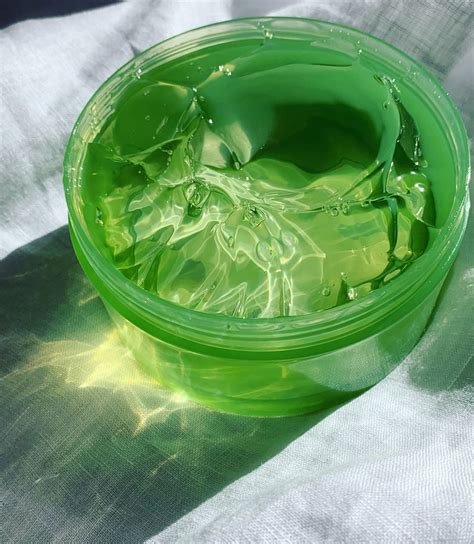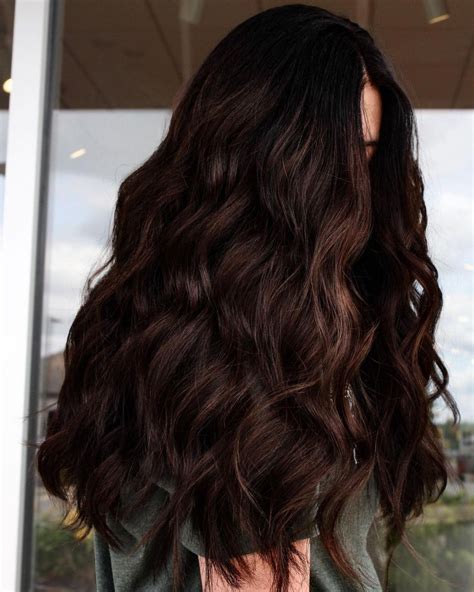Learn about hair texture, sudden changes, environmental factors, hormonal impact, and managing frizzy, curly hair in this comprehensive blog post. Expert tips included.
Understanding hair texture
Contents
Understanding hair texture is important for anyone looking to properly care for their hair. Hair texture refers to the diameter of individual strands of hair, whether they are fine, medium, or coarse. Fine hair is usually thin and easily weighed down, while coarse hair tends to be thick and can withstand more styling and chemical treatments. Medium hair falls somewhere in between and is the most common type of hair texture.
Another important aspect of hair texture is its porosity, or the hair’s ability to absorb moisture. Understanding how porous your hair is can help you choose the right products and treatments to keep it healthy and hydrated. Highly porous hair tends to absorb moisture quickly but also loses it just as fast, while low-porosity hair has difficulty absorbing moisture and can be prone to product buildup.
When it comes to curl pattern, hair texture can also be classified as straight, wavy, curly, or coily. Each of these categories can further be broken down into subcategories, such as type 1, 2, 3, or 4, depending on the tightness of the curl or wave. Understanding your hair’s curl pattern can help you select the right styling techniques and products to enhance your natural texture.
Lastly, understanding hair density is important for working with your hair’s texture. Hair density refers to the number of individual strands on the scalp and can vary from person to person. Knowing how dense your hair is can help you determine the best haircut and styling techniques to best suit your hair’s texture and overall look.
Causes of sudden hair change
Causes of sudden hair change
One of the most common causes of sudden hair change is hormonal imbalance. When the body experiences a shift in hormone levels, it can impact the hair follicles, leading to changes in hair texture. This can manifest as a shift from straight to curly or frizzy hair.
Another possible cause of sudden hair change is environmental factors. Exposure to extreme weather conditions, such as humidity or dryness, can alter the structure of the hair, causing it to become frizzy or curly. Additionally, using harsh hair products or undergoing chemical treatments can also result in a sudden change in hair texture.
Genetics can also play a role in sudden hair changes. If there is a history of curly or frizzy hair in the family, it is possible that these traits may suddenly manifest in an individual, leading to a change in hair texture.
Furthermore, stress and poor nutrition can impact the health of the hair, potentially causing it to become frizzy or curly. Lack of essential vitamins and minerals, as well as a high-stress lifestyle, can contribute to sudden changes in hair texture.
In some cases, medical conditions such as thyroid disorders or autoimmune diseases can result in sudden changes in hair texture. It is important to consult a healthcare professional if there is a drastic and unexplained change in the hair, as it could be indicative of an underlying health issue.
Environmental factors and hair texture
Environmental factors play a significant role in determining your hair texture. The air quality, humidity, and pollution levels in your environment can all have an impact on the way your hair looks and feels.
Excessive exposure to harsh sunlight and UV rays can cause your hair to become dry and brittle. Similarly, living in a high-humidity environment can cause straight hair to become frizzy and curly due to the absorption of moisture from the air.
Pollution and environmental toxins can also build up on your scalp and hair, leading to itchiness and dullness. This can affect the overall appearance and manageability of your hair.
It is important to protect your hair from environmental factors by using products with UV protection and antioxidants, as well as maintaining a good hair care routine to cleanse and nourish your hair and scalp.
Impact of hormonal changes on hair
Impact of Hormonal Changes on Hair
Many people underestimate the influence of hormonal changes on the condition of their hair. Hormones play a significant role in regulating hair growth, texture, and overall health. Imbalances in hormone levels can lead to a variety of changes in the hair, including thinning, shedding, and changes in texture.
During puberty, for example, fluctuations in hormone levels can cause the hair to become oilier or drier than usual. Similarly, women often experience changes in their hair during pregnancy and menopause, as these periods are characterized by significant hormonal shifts that can impact the hair follicles.
In addition to internal hormonal changes, external factors can also contribute to hair texture changes. Environmental factors such as pollution, sun exposure, and stress can affect hormone levels and subsequently impact the condition of the hair. It is essential to pay attention to these factors and take steps to mitigate their impact on hormonal balance.
Individuals experiencing significant changes in their hair texture should consider consulting a healthcare professional to assess their hormonal status and explore potential treatment options. By addressing hormonal imbalances, it is possible to manage and improve the condition of the hair.
Managing frizzy, curly hair
Frizzy, curly hair can be a challenge to manage, but with the right techniques and products, it can be tamed. One of the most important steps in managing frizzy, curly hair is to keep it well moisturized. Curly hair tends to be dry, so using a moisturizing shampoo and conditioner is essential. Look for products that are specifically designed for curly hair and contain hydrating ingredients such as aloe vera or coconut oil.
Another key aspect of managing frizzy, curly hair is to avoid heat styling as much as possible. Heat can cause further damage to curly hair, making it even more prone to frizz. Instead, embrace your natural curl pattern and opt for air-drying or using a diffuser attachment on your blow dryer to gently dry your hair without causing frizz.
Regular trims are also important for managing frizzy, curly hair. Even though it may seem counterintuitive, getting regular trims can actually help reduce frizz and keep your curls looking their best. Split ends and damaged hair can make frizz worse, so keeping your ends trimmed will help maintain the health of your hair.
In addition to using the right products and techniques, incorporating a silk or satin pillowcase into your bedtime routine can also help manage frizzy, curly hair. These materials are gentler on the hair and can help reduce friction, preventing your curls from becoming more frizzy while you sleep.
Overall, managing frizzy, curly hair comes down to using the right products, avoiding damaging heat styling, getting regular trims, and making simple changes to your daily routine to help minimize frizz and keep your curls looking their best.













